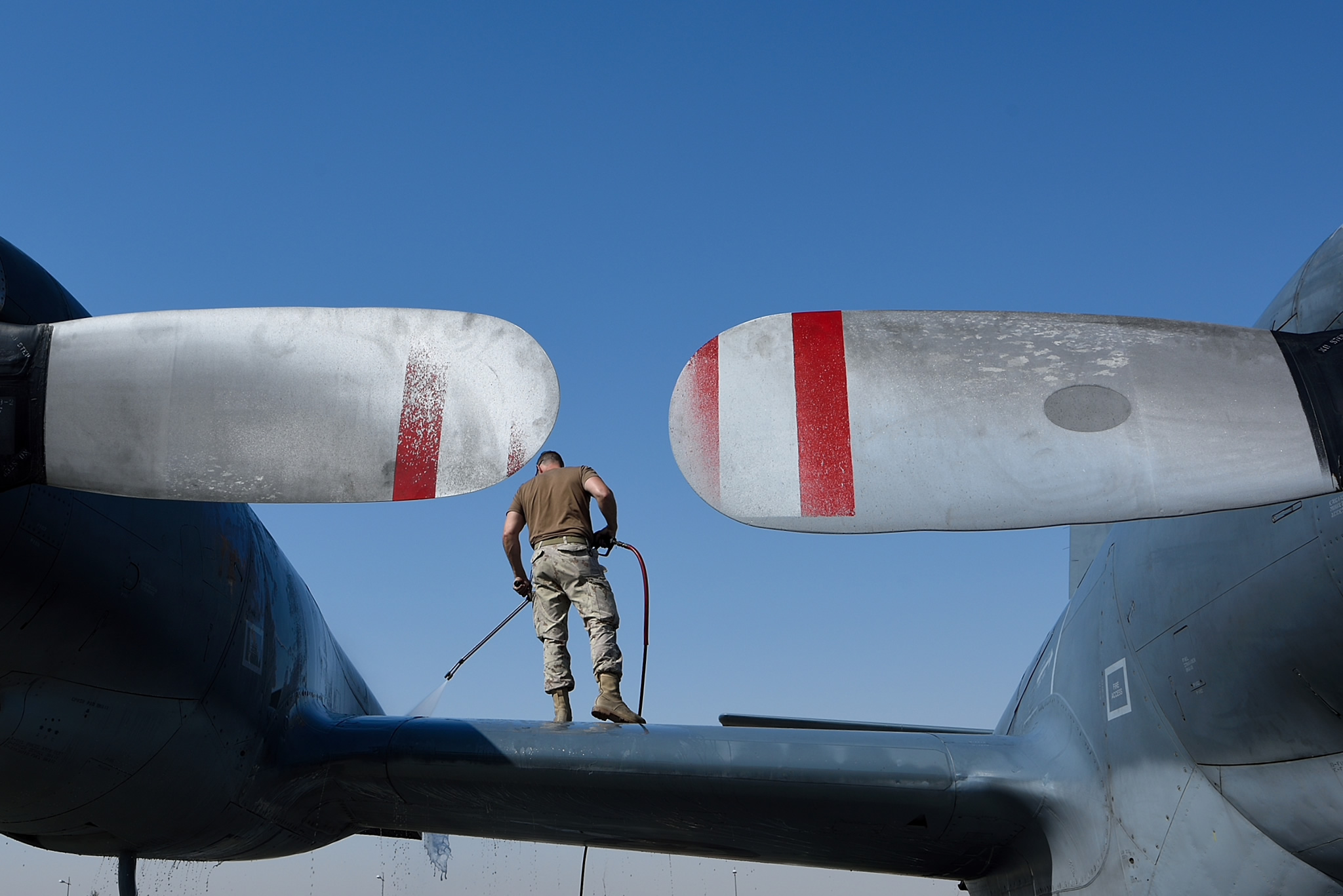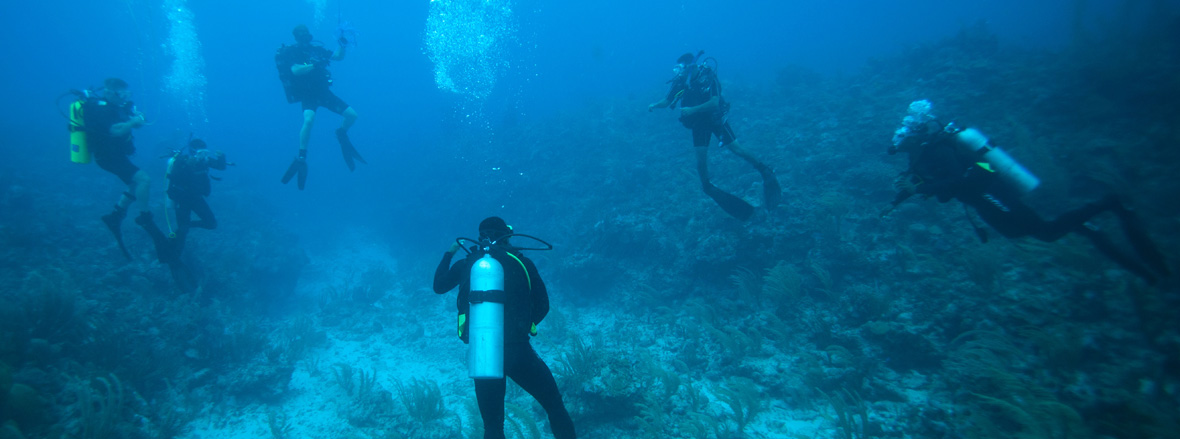The Kurds are pushing Canada to supply them with the heavy weapons they need to fight ISIL — as well as to defend themselves after they separate from Iraq.
 |
| Two CAF Husky's (Right and Centre) and a Buffalo (Left) |
The military has in its surplus stocks three Husky armoured vehicles used in Afghanistan to help clear improvised explosive devices and one Buffalo vehicle used for similar operations, according to data compiled by the Canadian Forces. Also surplus are 181 Coyote wheeled armoured vehicles and 46 tracked light armoured vehicles. Some of those upgraded carriers were used in Afghanistan and received good reviews for how they protected troops.
The Canadian military also has a variety of graders, tractors and other heavy equipment in its surplus inventory, according to the data. Such equipment could be of use in moving barricades and other fortifications erected by Islamic State of Iraq and the Levant forces.
Related
Canadian special forces under fire in Iraq battle, try to save life of wounded Kurdish general
Canadian diplomats stalled negotiations on freeing children abducted to Iran, mother says
Canada also could provide the Kurds with small arms and anti-tank weapons.
The U.S. military already has outfitted such units with mortars, anti-tank weapons and armoured personnel carriers.
Department of National Defence spokesman Evan Koronewski said no donations have been made yet. “Planning is underway,” he said in an email.
Prime Minister Justin Trudeau said in February that Canada would be providing the Kurds with lethal military equipment.
Sources said the announcement likely would be made by government ministers this summer.
But the issue of arming the Kurds, now being trained by Canadian special forces, is controversial.
Kurdish leaders acknowledge their intent is to create an independent state eventually. They argue it is their right to break away from Iraq, pointing to Quebec’s attempts to leave Canada as an example.
“Iraq is a failed state,” Masrour Barzani, head of intelligence for the Kurdish government and son of the region’s president, has said.
Kurdish leaders say they need access to heavy weapons so they can defend their fledging country when it emerges.
The Kurds’ push for independence and refusal to turn over parts of Iraq they have seized from ISIL has increased tensions with the Iraqis.
In late April, Canadian-supported Kurdish troops fought in a bloody battle with forces allied with Iraq’s government. Ten people were killed.
Chief of the Defence Staff Gen. Jon Vance has dismissed any concerns about tensions between the Iraqis and the Kurds. He suggested that whatever happens between various factions in Iraq after ISIL is defeated is an issue for the Iraqis to sort out.
But Peggy Mason, a former disarmament ambassador in then-prime minister Brian Mulroney’s government, said such a view is short-sighted and similar to the one Canada endorsed during the war to overthrow Libyan dictator Moammar Gadhafi.
It’s extraordinarily cavalier to say what comes next is Iraq’s problem
“It’s extraordinarily cavalier to say what comes next is Iraq’s problem,” said Mason, president of the Rideau Institute in Ottawa. “Our training of the (Kurdish) peshmerga is not helping if the end result is a stronger group to fight against the Iraqi government later on.”
The issue has been complicated by the insistence of Canadian special forces to wear the Kurdish flag — the symbol of an independent Kurdistan — on their uniforms.
“The Canadian Forces putting the (flags) on their uniforms tells the rest of Iraq that we don’t support the territorial integrity of your country,” said Denise Natali, a Middle East expert at the Institute for National Strategic Studies in Washington.
After two years of wearing the Kurdish flag on their uniforms, Canadian special forces are now considering whether it should be removed.














